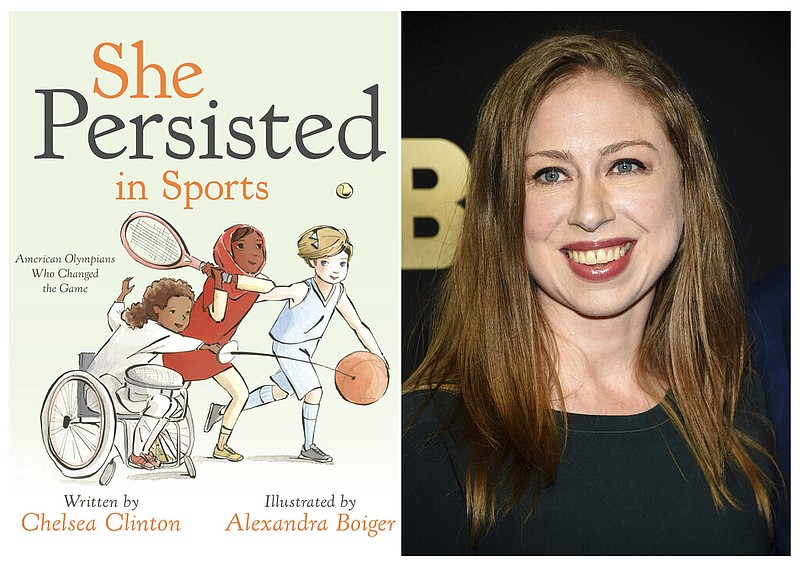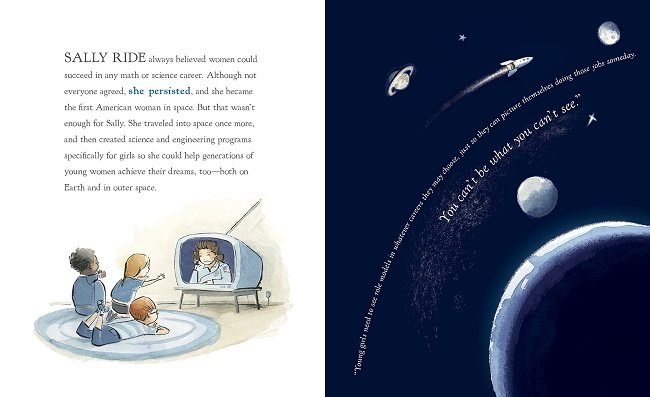


Peebles, an inventor who lives nearby, is black. There are no ethnic indicators in the text, but the illustrations reveal that Ada, her family, and bratty neighbor Milton are white Nina appears to be Southeast Asian and Mr. This installment incorporates drones, a wireless camera, gecko gloves, and the Turing test as well as the concept of an ecosystem. As part of the series formula, science topics and gadgetry are integrated into the stories and further explained in a “Behind the Science” afterword. Story-crafting takes a back seat to scene-setting in this series kickoff that introduces the major players. Nina does the legwork and Ada provides the technology for their search for the dognapper. Reed’s dog, Marguerite, is missing, they leap to the conclusion that it has been stolen. She records her observations in a field journal, a project that intrigues new friend Nina, who lives nearby. Temporarily housebound after a badly executed bungee jump, Ada uses binoculars to document the ecosystem of her new neighborhood in San Francisco.

Using science and technology, third-grader Ada Lace kicks off her new series by solving a mystery even with her leg in a cast. (This book was reviewed digitally.)Īs an informational text, this falls short as an inspirational book, it could still do better. While the individuals covered here are diverse in terms of race, no out queer women are featured, and apart from Temple Grandin’s autism, no other disabilities are discussed. As with the previous two volumes, calm, muted watercolor-and-ink illustrations appear throughout.

Each profile contains at most a paragraph and a quote from each woman, although they are only rarely attributed. The brief entries appear to be arranged chronologically by the subjects’ dates of birth, although no dates are listed anywhere in the book and no backmatter is included. The final spread highlights youth climate activists Autumn Peltier, Greta Thunberg, and Elizabeth Wanjiru Wathuti. Mona Hanna-Attisha, advocates for clean water in Flint, Michigan, are profiled together. On an opening spread depicting a diverse group of people exploring STEM displays in a museum exhibit, Clinton tells readers that sexism exists in STEM but that “the world needs everyone’s scientific discoveries.” She spotlights individuals such as health care workers Florence Nightingale and Rebecca Lee Crumpler, chemist Rosalind Franklin, and molecular biologist Flossie Wong-Staal, mathematicians and computer scientists Grace Hopper and Gladys West, primatologist Jane Goodall, architect Zaha Hadid, and astronaut Ellen Ochoa. Clinton highlights the accomplishments of women who have pursued STEM careers despite sexism.


 0 kommentar(er)
0 kommentar(er)
